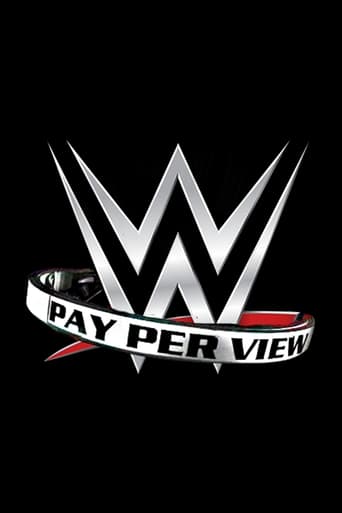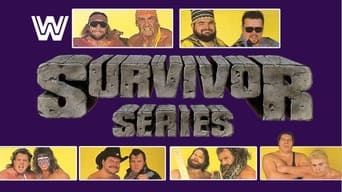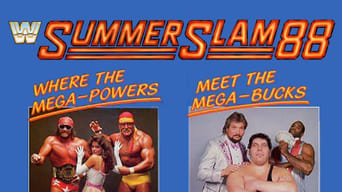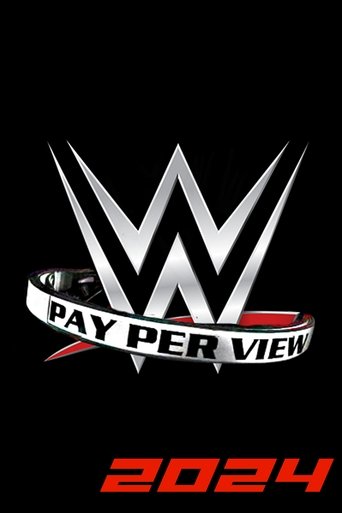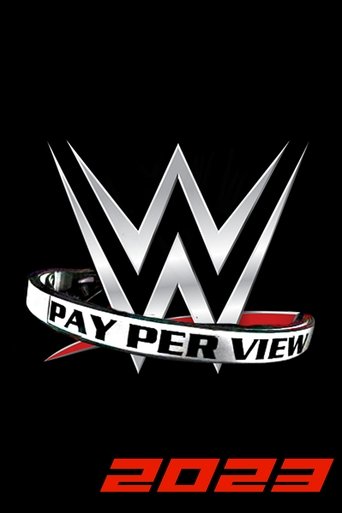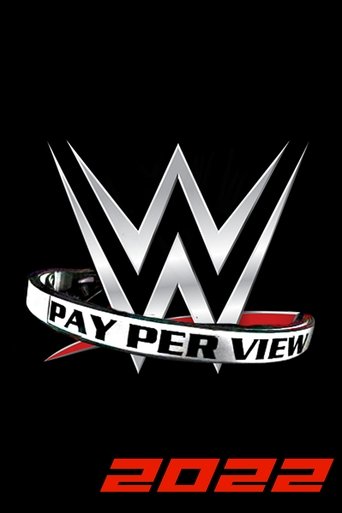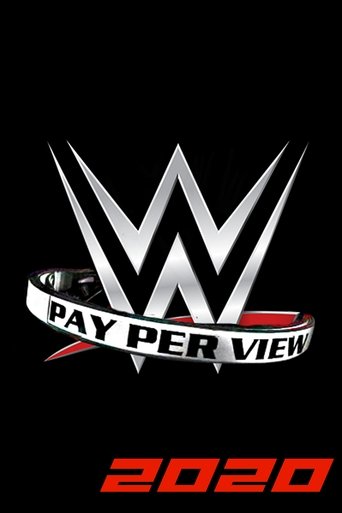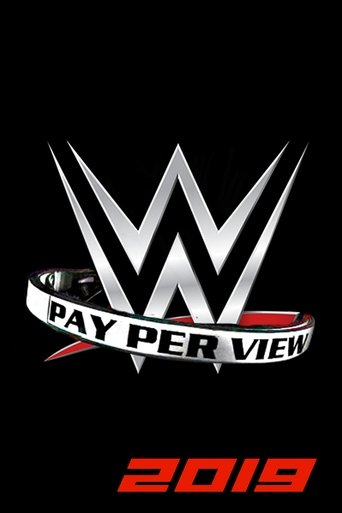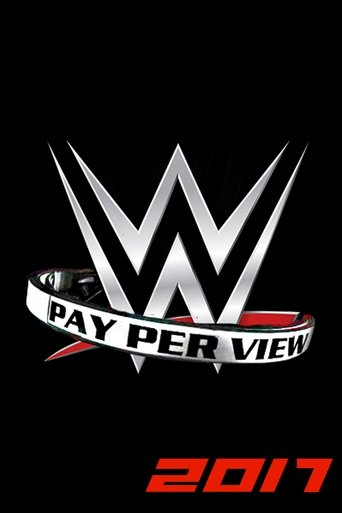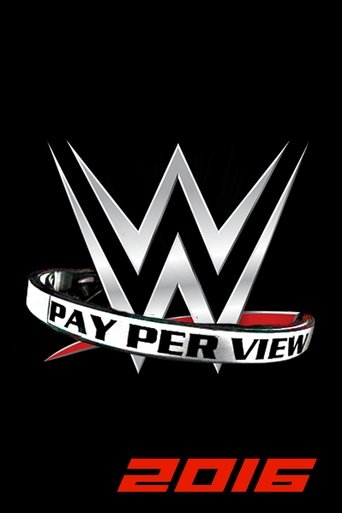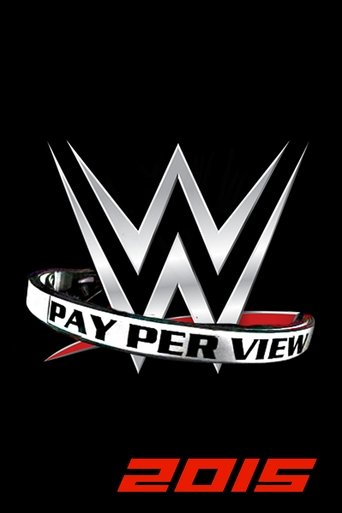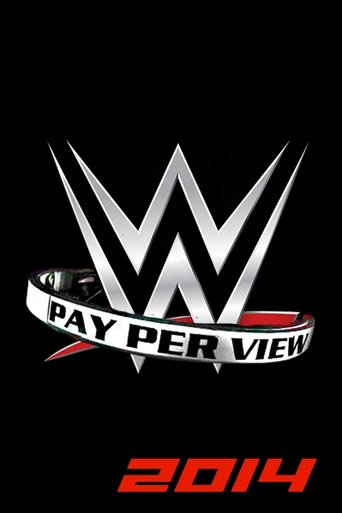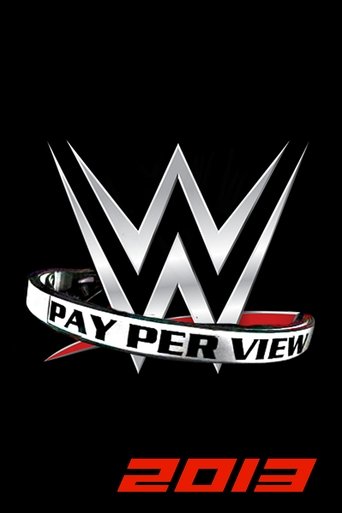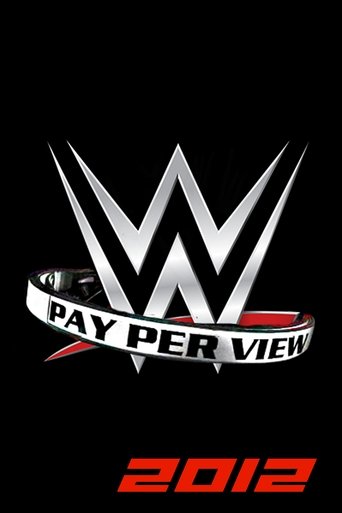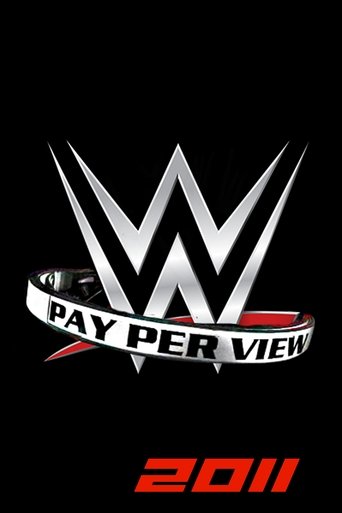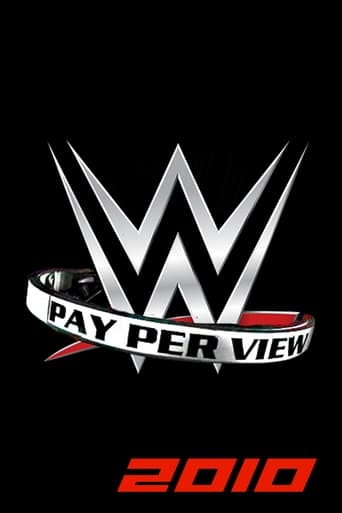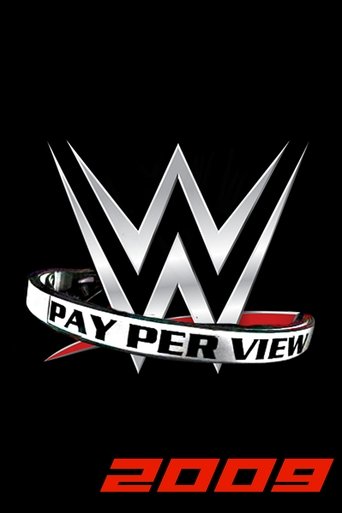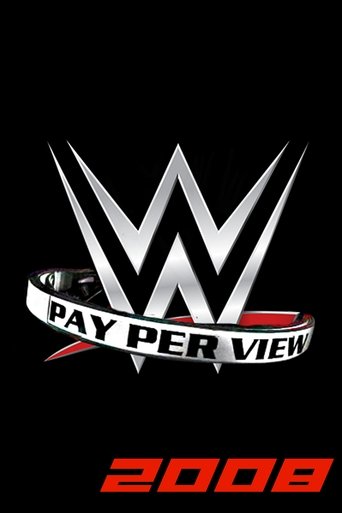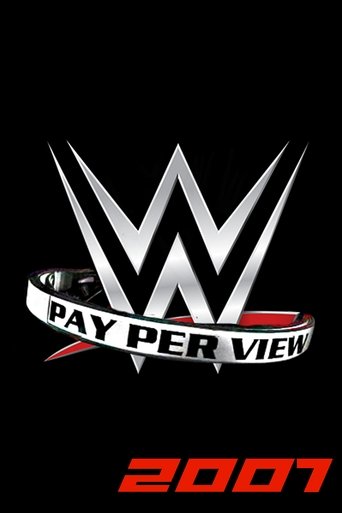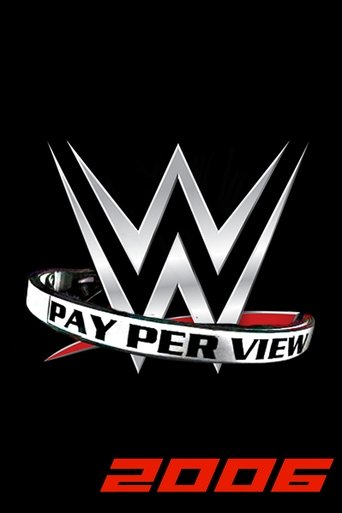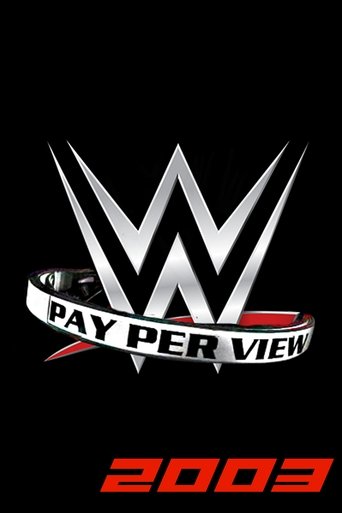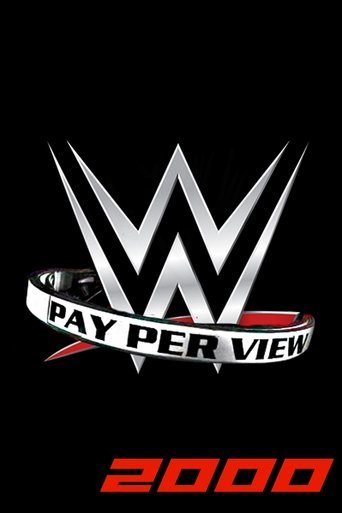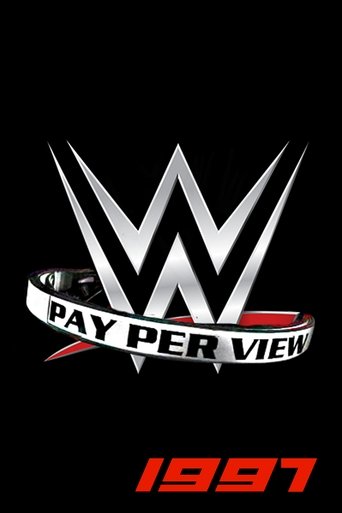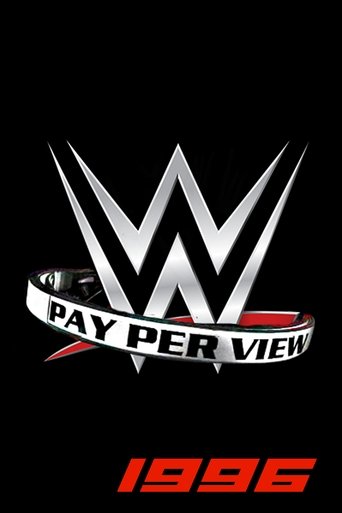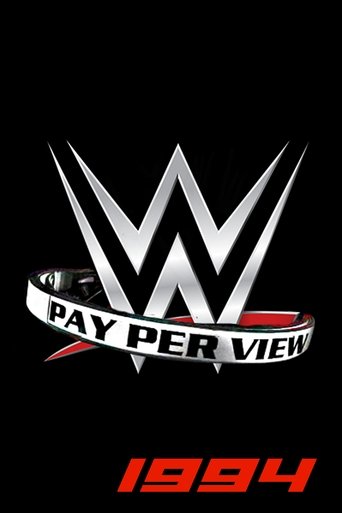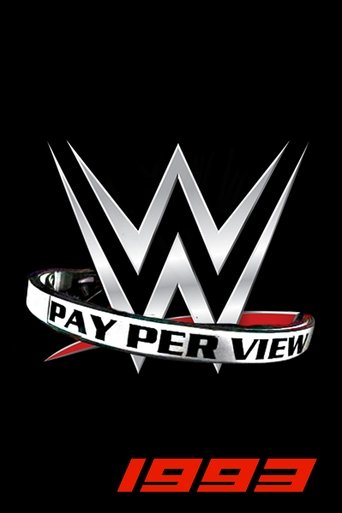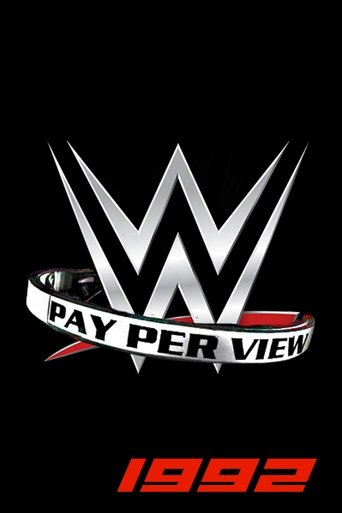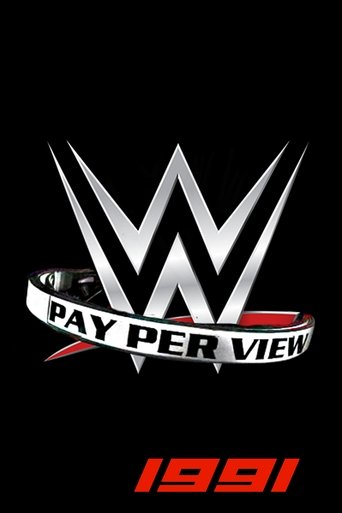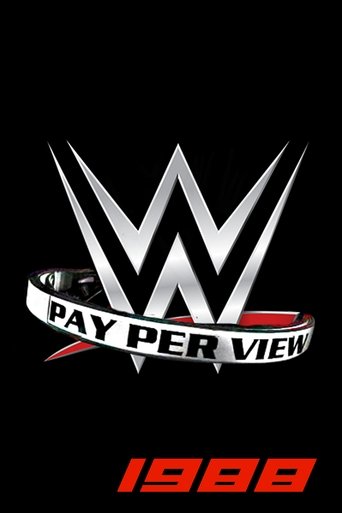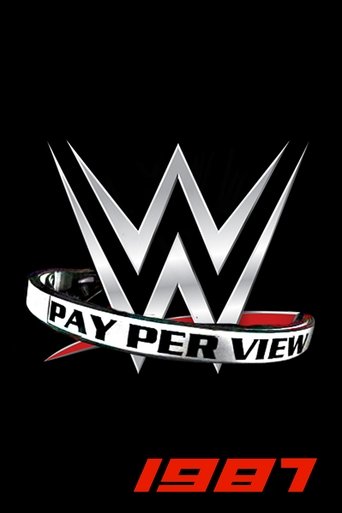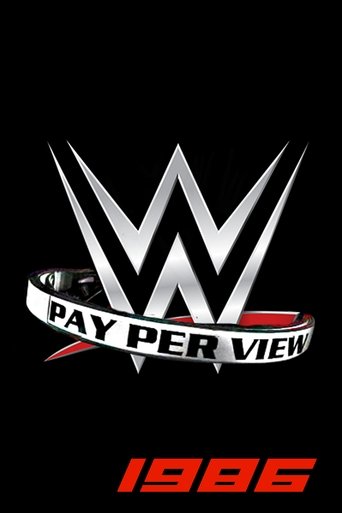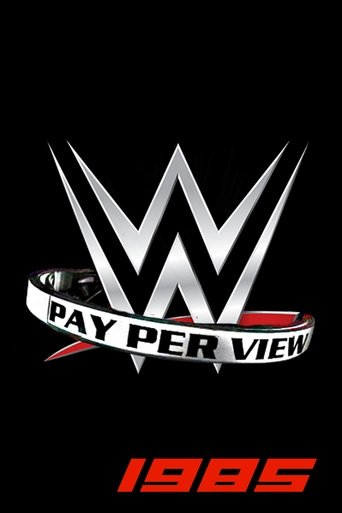WWE Pay Per View Season 4

The American professional wrestling promotion WWE has been broadcasting pay-per-view (PPV) events since the 1980s, when its classic "Big Four" events (Royal Rumble, WrestleMania, SummerSlam, and Survivor Series) were first established—the company's very first PPV was WrestleMania in 1985. The company's PPV lineup expanded to a monthly basis in the mid-1990s following the introduction of the In Your House series of pay-per views before expanding even further in the mid-2000s during the first WWE brand extension. Following WWE's original brand extension in 2002, the company promoted two touring rosters, Raw and SmackDown, representing its television programs, Raw and SmackDown. The traditional "Big Four" continued to showcase the entire roster, while the remaining PPV events alternated between Raw and SmackDown cards. In March 2007, WWE announced that all subsequent PPV events would feature performers from all brands. In 2008, all WWE PPV events began broadcasting in high-definition.
Watch NowWith 30 Day Free Trial!
WWE Pay Per View
1985
The American professional wrestling promotion WWE has been broadcasting pay-per-view (PPV) events since the 1980s, when its classic "Big Four" events (Royal Rumble, WrestleMania, SummerSlam, and Survivor Series) were first established—the company's very first PPV was WrestleMania in 1985. The company's PPV lineup expanded to a monthly basis in the mid-1990s following the introduction of the In Your House series of pay-per views before expanding even further in the mid-2000s during the first WWE brand extension. Following WWE's original brand extension in 2002, the company promoted two touring rosters, Raw and SmackDown, representing its television programs, Raw and SmackDown. The traditional "Big Four" continued to showcase the entire roster, while the remaining PPV events alternated between Raw and SmackDown cards. In March 2007, WWE announced that all subsequent PPV events would feature performers from all brands. In 2008, all WWE PPV events began broadcasting in high-definition.
Watch Trailer
With 30 Day Free Trial!
WWE Pay Per View Season 4 Full Episode Guide
Survivor Series (1988) was the second annual Survivor Series pay-per-view professional wrestling event produced by the World Wrestling Federation (WWF). It took place on November 24, 1988 (Thanksgiving night in the United States) and was held at the Richfield Coliseum, in Richfield, Ohio. The main event was a ten-man Survivor Series match between a team captained by The Mega Powers (Hulk Hogan and WWF Champion Randy Savage) and a team captained by The Twin Towers (Akeem and The Big Boss Man). Hogan and Savage were the sole "survivors" of the match. The undercard featured three Survivor Series matches between mid-card wrestlers.
WWE SummerSlam was the first annual SummerSlam professional wrestling pay-per-view event. It was produced by the World Wrestling Federation and took place on August 29, 1988 in Madison Square Garden, located in New York, New York. The PPV was created to help the company compete against rival promotion World Championship Wrestling. It was one of the first four annual pay-per-view events produced by the WWF. The main match of the preliminary bouts was the WWF Intercontinental Championship match between The Ultimate Warrior and the reigning champion The Honky Tonk Man. The Ultimate Warrior won the match in approximately thirty seconds to end the longest Intercontinental Championship reign. The main event was a match pitting The Mega Powers (Hulk Hogan and Randy Savage) against their long-time rivals, The Mega Bucks (Ted DiBiase and André the Giant). Hogan and Savage won the match after Miss Elizabeth distracted the special guest referee by removing her skirt to reveal a bikini bottom.
WrestleMania IV was the fourth annual WrestleMania professional wrestling pay-per-view event produced by the World Wrestling Federation (WWF). It took place on March 27, 1988 at the Trump Plaza in Atlantic City, New Jersey. The main event was the finals of a fourteen-man tournament for the undisputed WWF Championship, where Randy Savage defeated Ted DiBiase to win the vacant title. The main matches on the undercard were a twenty-man battle royal won by Bad News Brown, Demolition (Ax and Smash) versus Strike Force (Tito Santana and Rick Martel) for the WWF Tag Team Championship, Brutus Beefcake versus The Honky Tonk Man for the WWF Intercontinental Championship and a 14-man tournament for the vacated WWF Championship.
Royal Rumble (1988) was the first annual Royal Rumble professional wrestling event produced by the World Wrestling Federation (WWF). It took place on January 24, 1988 at the Copps Coliseum in Hamilton, Ontario. Unlike the subsequent Royal Rumble events, this event was not shown on pay-per-view and was instead a television special shown on the USA Network. The main event was a two out of three falls match where The Islanders (Haku and Tama) defeated The Young Stallions (Paul Roma and Jim Powers). The undercard featured the first-ever Royal Rumble match which was won by Jim Duggan, Jumping Bomb Angels (Noriyo Tateno and Itsuki Yamazaki) defeated The Glamour Girls (Judy Martin and Leilani Kai) in a two out of three falls match for the WWF Women's Tag Team Championship and Ricky Steamboat defeated Rick Rude by disqualification.
Free Trial Channels
Seasons


